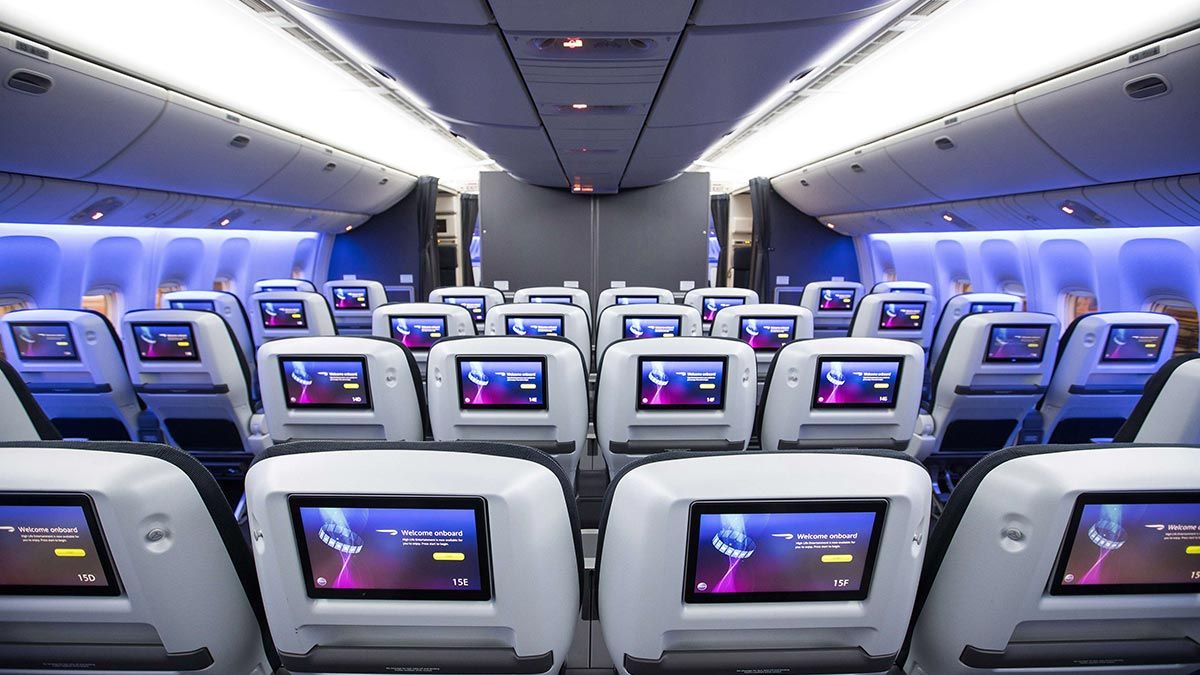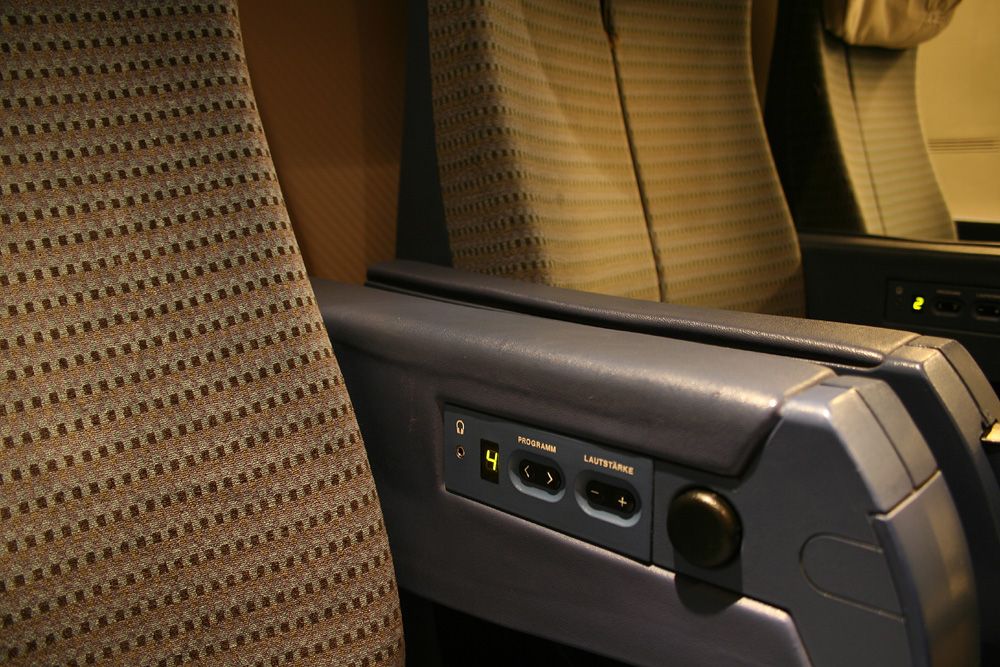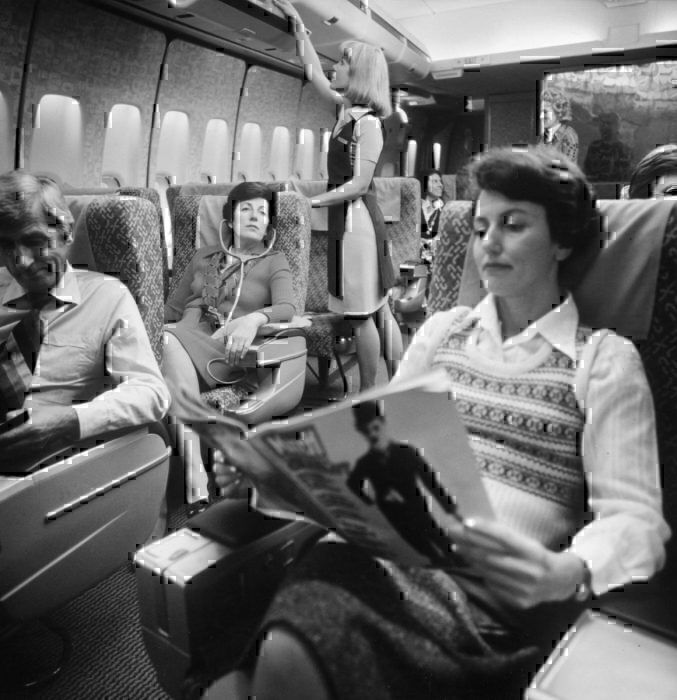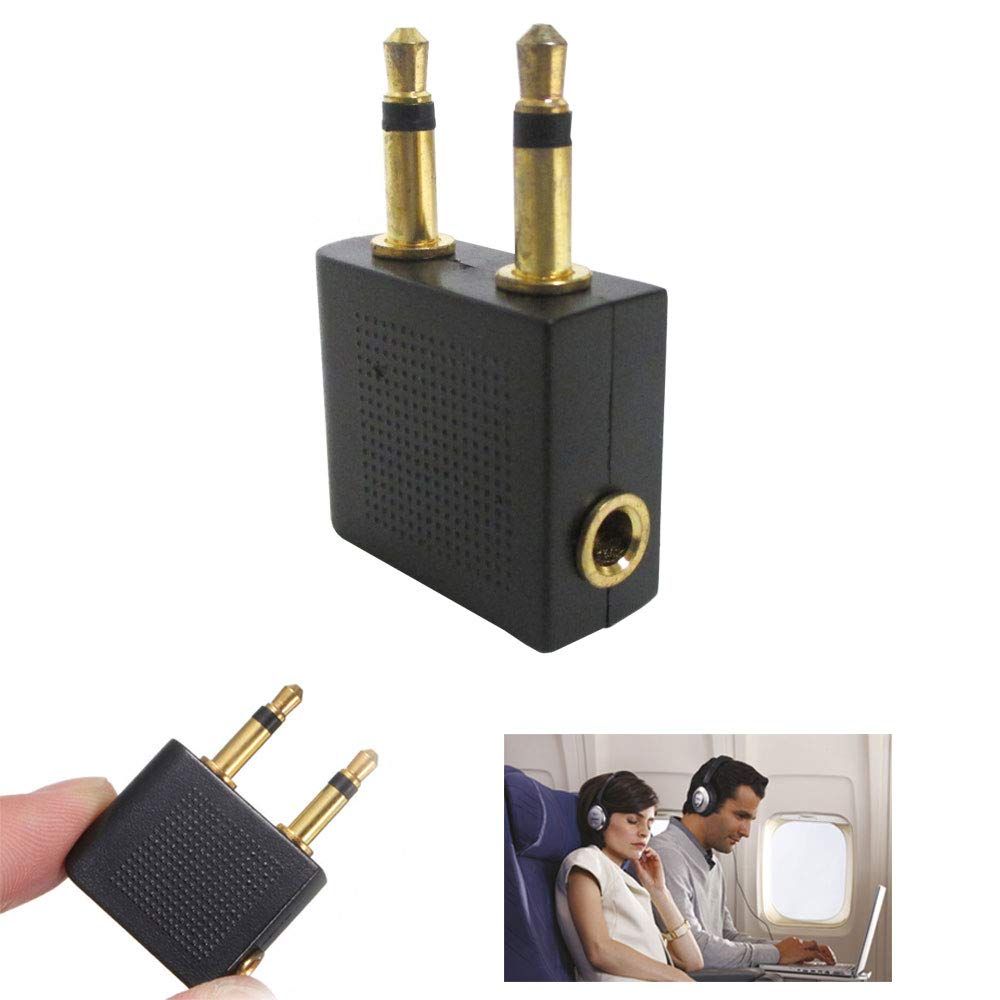You may wonder why so many aircraft (especially older ones) have headphone sockets with two (or even three) jacks, rather than one like everything else. This does have its reasons. Mostly historical now, these include to deter theft, offer redundancy, and even to fit old seat infrastructure. This article takes a closer look at these, so you’ll never have to wonder again.
Two (or three) jack headphones
These days, many travelers have their own headsets and often their own means of entertainment. New aircraft often have standard single jack headphone sockets that can accommodate personal audio equipment. But some don’t, including many older aircraft. To understand why, you have to remember that sockets started to be installed in the 1960s alongside the expansion of long-haul commercial flying.
As an aside - the first 'real' inflight audio and visual entertainment was seen in 1961. At this time, a specially designed 16mm film system was installed by TWA. Its designer, David Flexer, is quoted as explaining his inspiration "that air travel is both the most advanced form of transportation and the most boring."
The reason why we have two sockets today is that they were designed this way decades ago. This happened for several possible reasons, likely of differing importance to different airlines.
Get the latest aviation news straight to your inbox: Sign up for our newsletters today.
To deter theft
This is what many people think when they experience these sockets and headsets since they are incompatible with anything else. Headsets were not always as cheap as they are now. Thus, a whole Boeing 747 full of passengers making off with an airline's headsets after each flight would be a significant expense.
You still see this today, of course. When it comes to high-quality headsets used in premium cabins, these are either hardwired into the seat or are otherwise collected from passengers prior to landing.
To make money
Probably not so intentional when they were first installed, incompatible headsets are a great way to make money. With the growth of budget airlines and the rise in the importance of ancillary revenues in recent years, many airlines will offer headsets for sale. Rather than the true reason why the extra prong came about, the special design is more likely a reason why many airlines are not in a rush to get rid of them.
The design offers increased redundancy
It’s not all to do with economics, though. The two jack headset also offers a design advantage over the single jack. Left and right audio is delivered separately rather than through a single jack (and corresponding wiring system).
This is a small difference, but it can be important for airlines – especially decades ago when these systems were more expensive and less reliable. If the audio fails on one jack, it will often still work on the other. It's not ideal, but at least the passenger can still use it, and maintenance/repair can be delayed.
An evolution from earlier pneumatic headphones
One of the most interesting reasons is also based on early aircraft history. The first aircraft audio systems were not the electronic ones we see now, but pneumatic sound systems. Headsets of this style were developed by US manufacturer Avid technology and first installed on TWA aircraft in 1963 (TWA was a major operator of the Boeing 707 and 727 at that time, but soon to introduce the 747).
Pneumatic headphones started to be replaced by electrical audio systems in the 1980s, but some airlines were still using them until the early 2000s.
Pneumatic headsets required two jacks as the left and right sound signals had to be delivered separately. When the switch to electrical systems was made, seats were already designed with space for two jacks, so they just stayed.
A thing of the past?
As anyone watching cabin upgrades these days knows, changes are expensive and take a long time - and headphone jacks are hardly the most critical thing to change. However, many airlines are finding ways to adapt to changing passenger habits and preferences, with expectations and offerings now being quite mixed:
- As already mentioned, airlines may install systems that use only one jack.
- Systems may have two jacks but are compatible with single-pronged earbuds/headphones.
- Some airlines with older cabins may provide adapters for passengers to plug into.
- While the carriers at 'the leading edge' are making Bluetooth-compatible inflight entertainment systems to connect wirelessly to passenger headsets.
Have you flown on an aircraft recently that still has a two-pronged audio port? Let us know by leaving a comment!



.jpeg)

